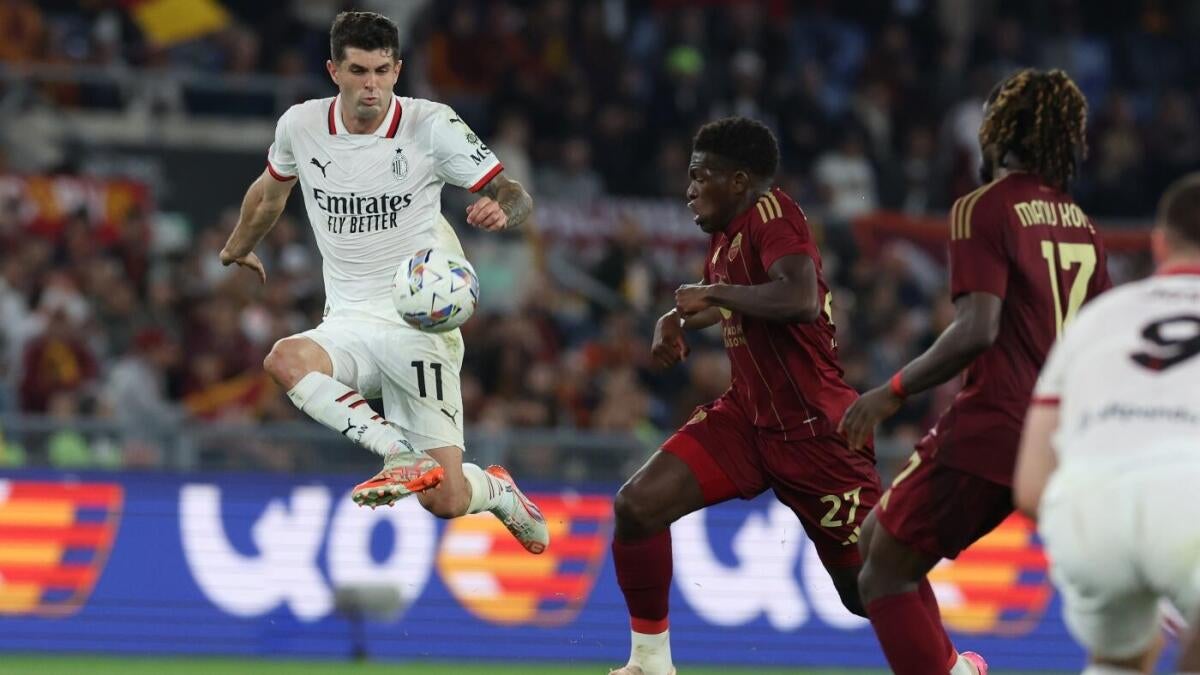
The 2025-26 Serie A season will kick off this weekend in Italy, and over the last years we’ve seen a lot of American investors coming to invest in Serie A clubs. Italian soccer was deeply affected by the financial changes of the last decades and struggled to find short and long-term solutions to make the clubs competitive over the years.
Most of the notable clubs were owned by Italian businessmen until the 2000s, bringing top-class players every summer and trying to win both domestic and international tournaments. Some of them succeeded, such as AC Milan’s Silvio Berlusconi, Inter’s Massimo Moratti, AS Roma’s Franco Sensi, and others struggled and went bankrupt, like Parma’s Calisto Tanzi or former Lazio owner Sergio Cragnotti. While teams like Juventus (Agnelli family) and Napoli (owned by Aurelio de Laurentiis) kept a similar model over the years, other clubs were approached by foreign investors, most of them coming from the United States, who wanted to develop and create a different business model.
From U.S. owners to funds
Over the last 15 years, multiple Italian American businessmen decided to acquire Serie A clubs, creating a trend of U.S.-based investors who wanted to create a business with the Serie A or lower division soccer teams. One of the first ones was James Pallotta in 2012, who joined the AS Roma ownership as a shareholder before taking charge of the majority of the club’s ownership. Former New York Cosmos owner Rocco Commisso became the new owner of Fiorentina in 2017, following the steps of Pallotta and other investors in the country, but over the last years, there was another trend in the industry that became much more sustainable for U.S. businessmen: the growth of funds owning the clubs.
Private equity funds and investment groups have increasingly invested in soccer clubs over the last decades, taking advantage of some opportunities that became available also due to the financial challenges that Italian soccer faced. The most notable ones in Italian soccer are the ones that own Inter and AC Milan. While the Nerazzurri are currently owned by Oaktree, which took charge of the team after the former ownership defaulted on a loan, AC Milan are currently owned by RedBird Capital Partners, led by American businessman Gerry Cardinale. The U.S.-based funds saw in the Italian clubs the perfect place to invest and create a business model that could potentially make a profit in the long term, considering the challenges those clubs faced over the years.
While the English giants, for example, are an attraction for the immediate profit and return due to the financial strength of the Premier League, Serie A clubs are more attractive for what they might value in the future, also hoping for a change in the whole Italian soccer movement that is trying to evolve after years of underdevelopment. Let’s now take a closer look at the US ownerships in the 2025-26 Serie A:
Nine of the 20 Serie A clubs are currently owned or co-owned by American and Canadian shareholders:
Atalanta: Co-owned by American businessman Stephen Pagliuca, who acquired 55% of the club in 2022 and became the president alongside the other co-owner Antonio Percassi, who kept his role at the club.
Bologna: Owned by Canadian businessman Joey Saputo
Inter: Owned by American fund Oaktree Capital Management after former Chinese owners Suning Group defaulted on a loan, failing to repay in May 2024.
AS Roma: Owned by American businessman Dan Friedkin.
Fiorentina: Owned by American businessman Rocco Commisso.
AC Milan: Owned by American investment management firm RedBird Capital Partners.
Pisa: Co-owned by American businessman Alexander Knaster, who holds a 75% stake in the club.
Parma: Owned by American businessman Kyle Krause.
Hellas Verona: Owned by Presidio Investors, an American private equity firm.
.